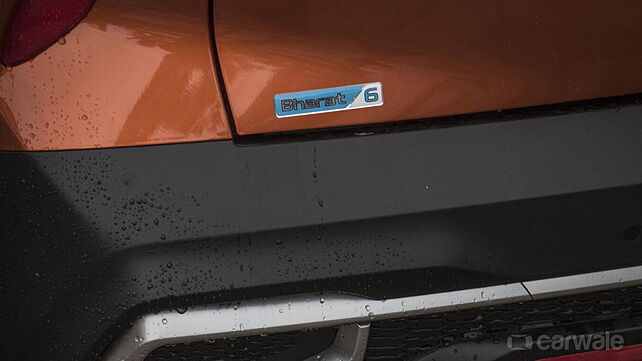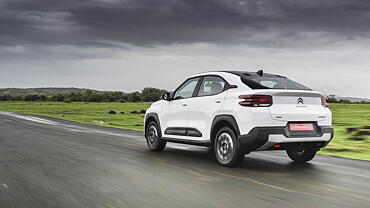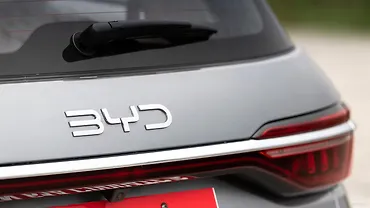
Back in April 2020, when the stringent BS6 norms came into force, the automobile industry, especially the passenger vehicle segment, witnessed several transitions. This involved many carmakers axing their diesel engines and switching to petrol, CNG, or even exploring the EV segment. Now, after two years, come April 2023, the sector is all set to enter the next level of BS6 emission norms, that is, BS6 2.0.
What is RDE or Real Driving Emission norms?
To begin with, all BS6-compliant vehicles are required to be run on engines with lower NOx and Particulate Matter (harmful pollutants) emissions which are within the prescribed limits. To achieve this, automakers use either Lean NOx Trap (LNT) or Selective Catalytic Reduction (SCR). This also ensures a clean and efficient way of burning fuel with lower levels of pollutants in the environment.
Now, what is the difference between BS6 and BS6 2.0? Well, to put it simply, the emissions norms will become more stringent. While BS6 required cars to be tested in labs, BS6 version 2 will need cars to meet the prescribed emission norms even in real-world conditions, while also when being tested in laboratories. To implement this, the engines will have to be upgraded and installed with an onboard self-diagnostic device that will monitor factors like changing driving behaviour and traffic conditions in real time.
Will diesel engines be discontinued in BS6 2 era?
To make cars’ diesel engines BS6 Stage 2 compliant, the higher capacity engines need to adhere to SCR, which essentially uses AdBlue (water-based urea solution) as a catalyst to treat harmful pollutants. While many OEMs like Mercedes and Hyundai already have this technology in their cars, this upgrade is expensive for carmakers who have models running on smaller engines. This has led to many brands pulling the plug on diesel-powered vehicles in the budget segment.
Recently, the Honda Amaze diesel was discontinued, and we expect several other diesel-powered vehicles to face the axe. However, carmakers like Hyundai and Toyota have updated their diesel engines to be RDE-ready as well as compatible with E20 fuel.
New tech, added cost
The cost of upgradation of existing petrol and diesel powertrains for BS6 Stage 2 is high, which would also result in the escalation of the ex-showroom prices. This increase in manufacturing cost will eventually be passed on to the end buyer. The 2023 Hyundai Creta and Hyundai Venue are recent examples which are BS6 2-ready and now demand a premium of up to Rs 45,000 and Rs 50,000, respectively.
Going forward, expect carmakers to roll out new BS6 2 models or discontinue select models from their portfolio. The BS6 Stage 2 cars are likely to cost Rs 10,000 to Rs 50,000 more, depending upon the body style and engine capacity.







































